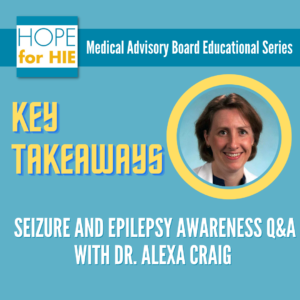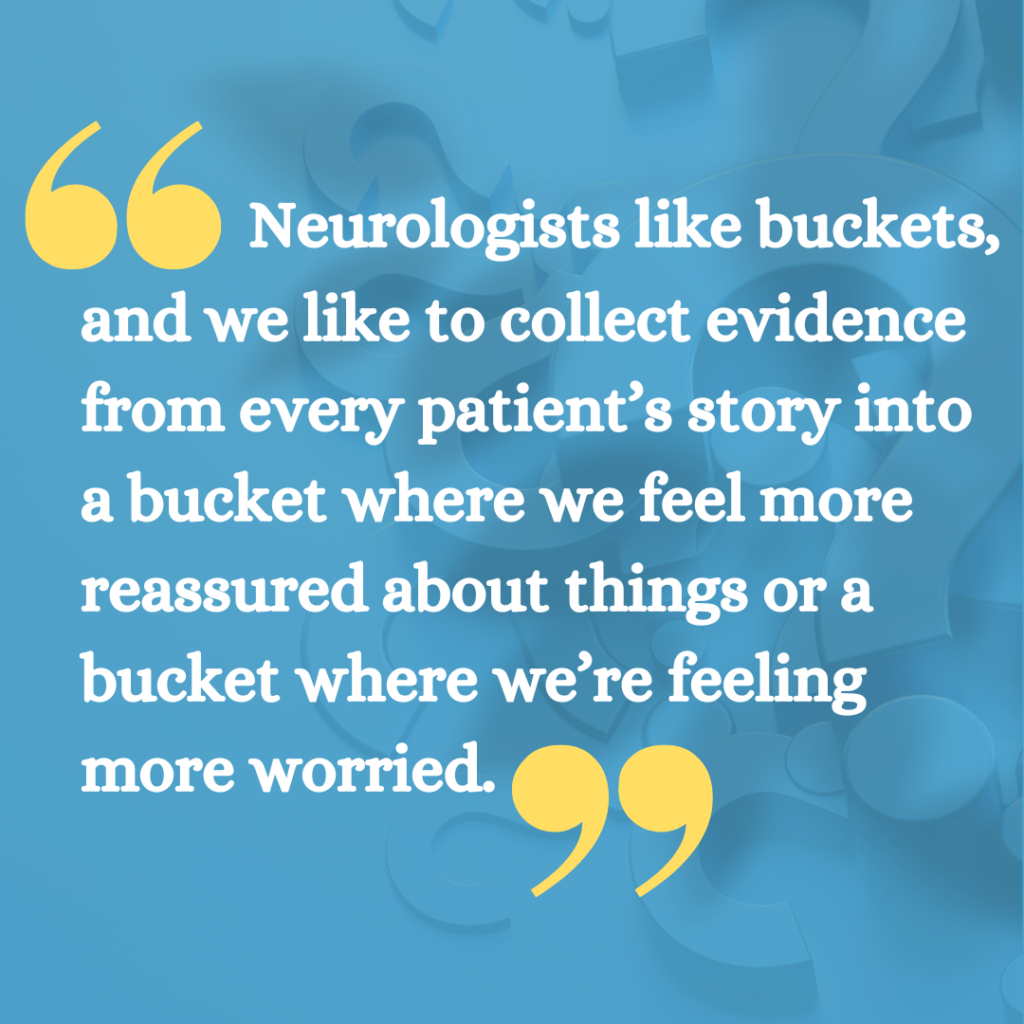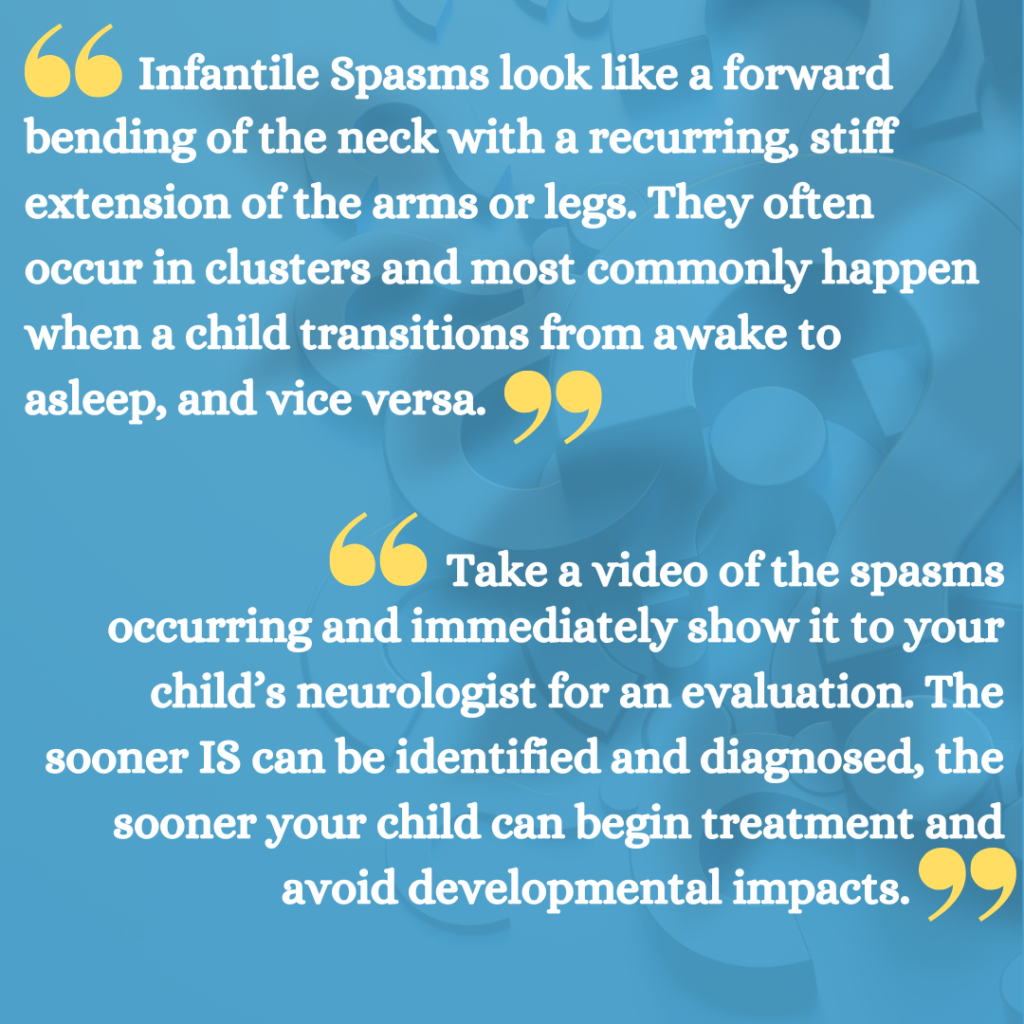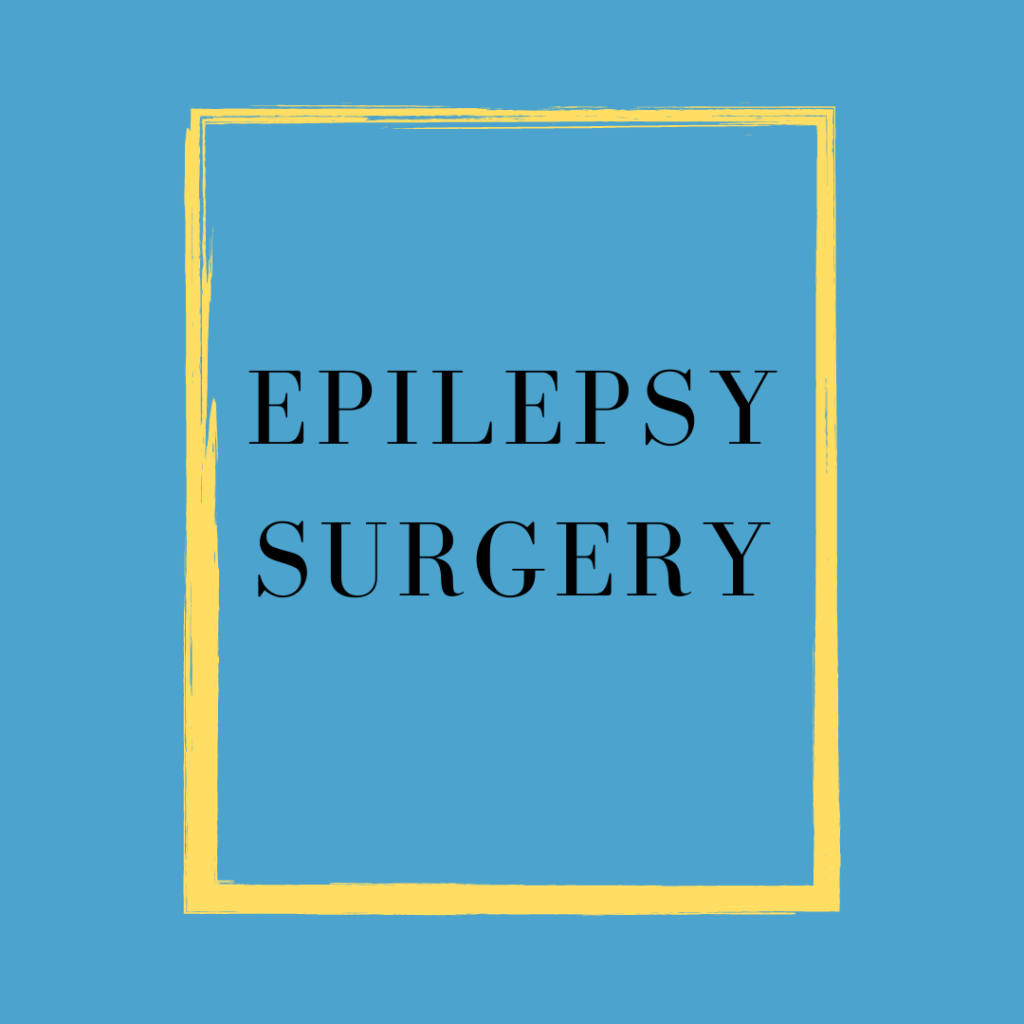
Understanding seizures and epilepsy can be daunting, but it’s easier when we have a notable pediatric neurologist like Dr. Alexa Craig from Maine Medical Center to educate and guide us!
If you couldn’t attend her live Q&A, there is no need to worry. We took notes, and like any good partner, we’re willing to share! Here are nine key takeaways:
Dr. Craig uses the analogy of forest fires to describe the complex phenomenon of seizures. It all starts with a spark, or an element that triggers its onset. That “spark” may be unknown, but if not treated or suppressed, it has the potential to grow and spread to other areas of the brain.
Anti-seizure medications cannot pinpoint or treat the specific area of the brain in which that seizure has sparked; instead, they put out the whole fire. That way, even though that spark is still activating, the brain is extinguished enough to prevent its spread.
After an HIE diagnosis, the onset of one or more seizures, and/or a NICU discharge, it’s imperative that your care team provides you with educational resources and information to help bridge the gap between the hospital, home, and your next scheduled provider appointments.
Ask your team for:
Children with an HIE diagnosis have up to five times greater risk for developing epilepsy than the general population, but Dr. Craig emphasizes the importance of understanding seizures and epilepsy on a case-by-case basis.

Most seizures occur at or near the point of that diagnosis’ cause [i.e. lack of oxygen to the brain, etc.], and the longer a patient goes without having a seizure, the more optimistic providers and parents can feel that these seizures won’t reoccur.
In the event of non-recurring seizures, there is a lower likelihood that your child will develop epilepsy after NICU discharge. It is with prolonged or recurring seizures during the neonatal period that seizure and/or epilepsy risk is most elevated. At this point, it is likely that your child will be prescribed or on anti-seizure medications prior to heading home.
It is common for parents to worry about monitoring their child’s seizures during sleep – so much so, that Dr. Craig states that she has had a few parents admit to enacting a nightly watch, in which they’ll alternate between sleeping and watching their child in the event of a seizure. While she states that the urge to monitor your child 24/7 is understandable, it is not always necessary.
Seizures that occur during sleep most often happen during the sleep/wake cycle, and in most instances, they are brief and self-resolving. If your child has had a history of prolonged or recurring seizures, especially in the neonatal period, then this is a more obvious cause for concern. In these cases, it is recommended that you ask your child’s neurologist about any suggested or appropriate seizure alert monitors, which are devices made to detect certain types of seizures and alert caregivers. Some require prescriptions, and they may be covered depending on your insurance provider.
If your child has confirmed epilepsy, your team should be discussing your child’s risk level for SUDEP, which stands for sudden unexplained death in epilepsy. There are steps you can take to reduce that risk and sleep a little easier.
If you have been involved in this community for a while, then you may be no stranger to hearing or knowing about Infantile Spasms. HIE is the second leading cause of Infantile Spasms, and Hope for HIE has done a series of Q&As regarding the topic, which are linked below, that you can look at for more information.
In the meantime, here’s what Dr. Craig has to say:

Getting frontline medications for Infantile Spasms for treatment is important. Parents sometimes may be concerned about potential side effects with these aggressive medications and should be discussed with your medical team.
While medication is the most common form of treatment for seizures and epilepsy, there are instances where patients develop intractable epilepsy, in which two or more tolerated medications have failed to stop or resolve seizures, either through diet or surgery. Dr. Craig lists a few alternative approaches to treatment that can happen in isolation of or in partnership with these medications:

The ketogenic diet consists of a specific, medically-supervised diet with a closely monitored ratio of high-fat to low-carb. The keto diet has become a trendy diet for weight loss, but the ketogenic diet for seizure control should NOT be done without a medical team with nutritional counseling, as it has the potential to negatively impact different bodily systems, and not every child will tolerate it.

Devices like vagal nerve stimulators and exploratory deep brain stimulators, which both function like a pacemaker for the brain, are shown to be effective options for many children to decrease the number of seizures they experience. VNS sends signals to the brain on the vagal nerve to help calm the brain down and tell it to stop having seizures, and DBS can specifically target areas of the brain to stop seizures.
There are many types of epilepsy surgery. Depending on the seizure type and its affected area, epilepsy surgery, which used to be considered a last resort, may actually be considered earlier. One kind is called a Lesionectomy, in which surgeons can remove the specific part of the brain that is causing the seizure spark. Another is called a Corpus Callosotomy, which divides all or part of the corpus callosum, which is the bundle of nerve fibers that connect the two brain hemispheres.
In any of these surgical instances, it is imperative that they are performed in Epilepsy Centers of Excellence.
Click on the button below to access an excellent resource with information and support specifically for pediatric epilepsy surgery:
Just because your child has or has had seizures does not guarantee that they will have developmental regressions or loss in milestones. Children who have brief, occasional seizures will often bounce back after the brain has had time to recover.
Prolonged, repeated seizures are more often associated with developmental delays in the early years, as well as learning disabilities or social/emotional regulation challenges later on in childhood. Continue having conversations with your child’s care team to gain referrals, and consider perusing the following resource, which reviews early interventions available in each state.
The Epilepsy Foundation’s website comes highly recommended by Dr. Craig, as it has a wealth of information that is accessible and easy to understand.
Connect with families, read inspiring stories, and get helpful resources delivered right to your inbox.